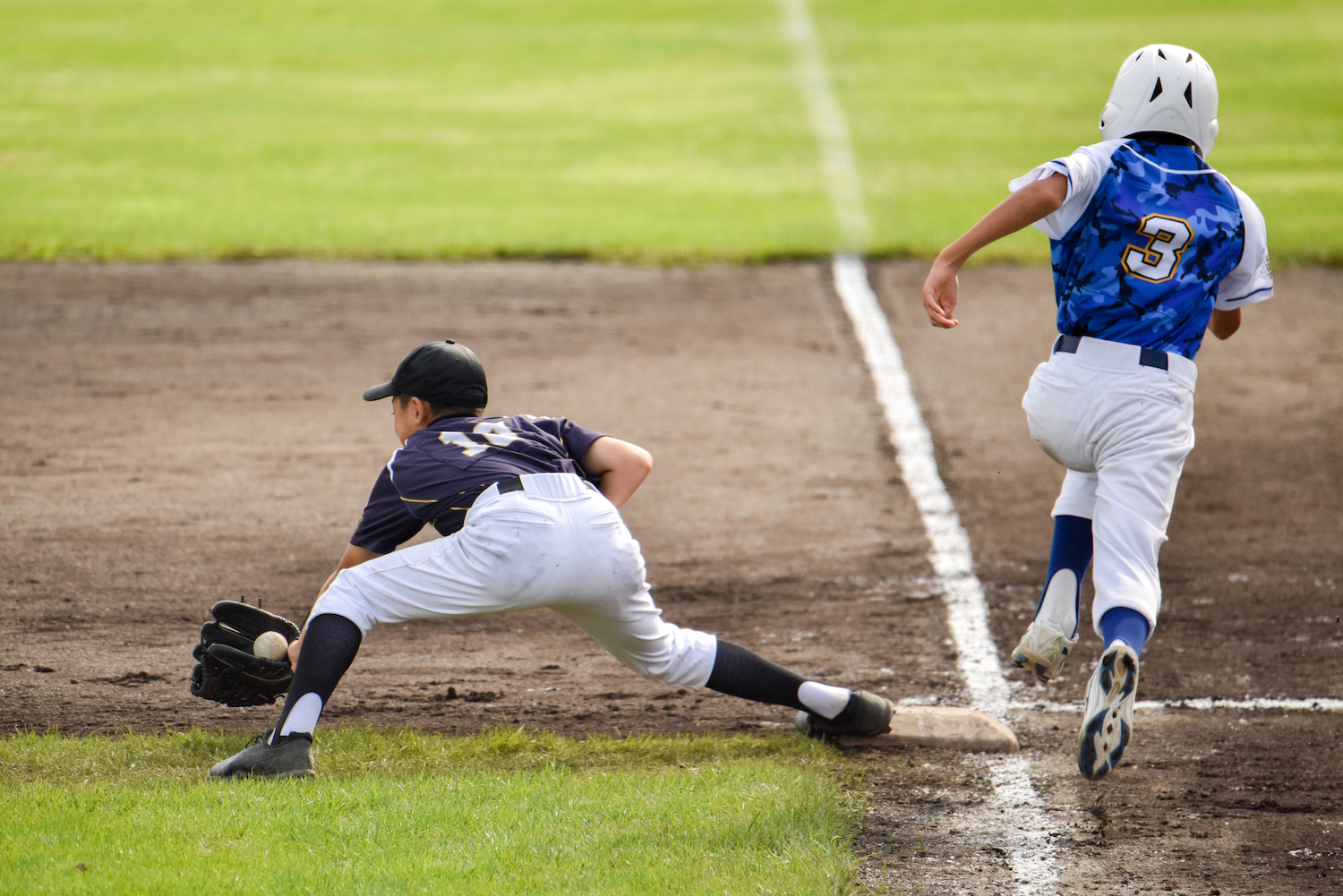Bruce Lear lives in Sioux City and has been connected to Iowa’s public schools for 38 years. He taught for eleven years and represented educators as an Iowa State Education Association regional director for 27 years until retiring. He can be reached at BruceLear2419@gmail.com
Changes in youth sports since the 1970s seem as dramatic as Iowa’s weather this summer. Those changes raise questions about whether sports are an extracurricular activity or should be the main focus for some kids.
In the 1970s, school sports were the only game in town. There were no club traveling teams or private sports academies. To get ready for organized sports, you learned through pickup games at the basketball court or on a dusty diamond playing workup. Not a referee or umpire in sight. You learned from older friends, patient enough to teach. The rules were flexible and unwritten.
In rural high schools like mine, there were no team tryouts. Everyone was needed. The only cutting was when the home ec class was sewing, or when we wanted to dodge an algebra test. (I still haven’t solved for X.) You might not be able to shoot or catch, but you were awarded a well-used uniform and a spot on the bench.
There were a few good players, but none caused college scouts to drool or had realistic visions of dribbling a basketball or catching fly balls in college or as a career.
I don’t remember parents screaming at the coach about their kids not playing every second. It may have happened, but most parents didn’t measure their success by how many minutes their sons and daughters played.
Sports were clearly extracurricular, finishing behind academics and farm work. I remember playing baseball and hoping our starting pitcher hadn’t baled hay all day before the game. One basketball season, the whole team prayed our best rebounder could somehow at least get a D- in science so he could play. He didn’t.
The school teams didn’t schedule games on Wednesdays because it was church night. Also, practice ended early. I’m not sure that was a written rule, but even the toughest coach honored it.
That was then. This is now.
Private and public schools have more competition these days. They compete for athletes with club traveling teams playing regionally and sometimes nationally. Those with funding and talent have a choice.
But traveling teams aren’t the only new competitors for youth talent. The TPH sports Academy, a one-stop shop providing academics and sports for grades 6-12, opened its doors in a Des Moines suburb last year. The academy has a state-of-the-art sports complex in Norwalk featuring “multiple courts, fields, and turf setups, as well as a sports performance training center and a 3,000-square-foot TPH Academy classroom.” There’s a restaurant on site too.
The daily schedule indicates athletes will have 20+ hours per week of classroom academics and additional online learning. The remainder of the day will be used for work on the students’ sport and training.
The TPH Academy comes with a hefty tuition cost of $27,999 per year. Parents willing to pay are no doubt dreaming about raising another Caitlin Clark or George Kittle.
At this Academy, sports aren’t extracurricular. That notion went the way of the dial phone and floppy disc.
It’s all about sports.
This may be parental choice, or it may reflect parental obsession with sports. Either way, making sports the focus of a young student’s life raises serious questions.
For example: are these parents enrolling young children trying to achieve their ambitions, instead of their child’s goals?
Are parents willing to sacrifice academics for success in sports?
What if the student doesn’t excel at the sport chosen? What if they’re seriously injured?
Sports are great extracurricular activities, helping many kids stay in school and thrive. But it’s dangerous when that becomes the primary focus. Sports academies melding training and academics may be the latest shiny object, but it’s a dangerous trend.
Top image of boys playing baseball is by Satoshi Hyodo, available via Shutterstock.


1 Comment
Wow
I attended a grandson’s little league game at the Norwalk complex this week.
I thought I was at the Los Angeles Dodgers’ spring training facility.
I grew up athletically in the same environment that Bruce aptly described.
Not only did you make your own rules . . . but you mediated your own disputes.
An important learning process that is very much overlooked and missing today.
Bill Bumgarner Fri 19 Jul 11:27 AM